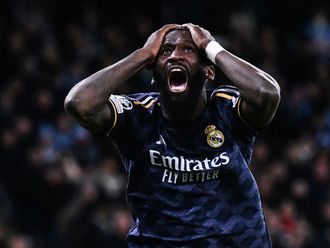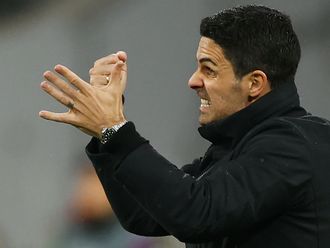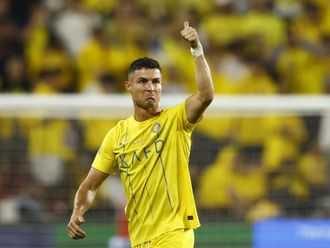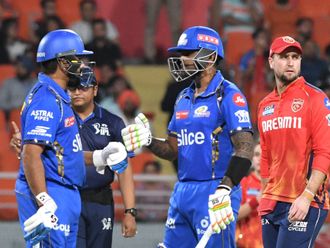
Appearances: 11
Best finish: Fourth place – 1930, 1962
Manager: Mladen Krstajic
Star player: Branislav Ivanovic
The first national team was in the kingdom that existed between the two World wars. Their first international game was at the 1920 Summer Olympics in Antwerp with their opponents Czechoslovakia handing Serbia a 7-0 hammering in their debut.
In 1929, the country was renamed to Yugoslavia and the football association was moved to Belgrade. They played at the 1930 Fifa World Cup with much success – ending fourth best behind champions Uruguay, runners-up Argentina and USA, en route securing a historic 2-1 win against the mighty Brazil.
Over a period of time, Serbia has finally come of age with their football.
Going into the qualifying rounds for the 2018 Fifa World Cup, Serbia were drawn with Euro 2016 semi-finalists Wales, Austria, Georgia and Moldova. After starting off with a 2-2 draw against Republic of Ireland, Serbia then went on an unbeaten streak of winning the next five matches and drawing three before being stopped 3-2 by Austria in October 2017. However, they wrapped off their campaign with a 1-0 result against Georgia to gather 21 points and qualify directly after winning Group D.
Ever since the first game played by Serbia and Montenegro (as Yugoslavia) on December 23, 1994, the team was nicknamed ‘Plavi’ (literally meaning ‘the Blues’ due to the colour of their jerseys). But after Montenegro declared independence in 2006, the newly-formed Serbian national team had to search for a new nickname. As of 2006, when Serbia played its first international match as a resurrected national team (against Czech Republic), the team was called ‘the Eagles’ – more due to the white double-headed eagle found on the coat of arms of Serbia.
For Serbia though, fans have shown growing concern with the team’s inability to do well at the international level. But after qualifying for Russia the federation has ushered in the changes.
Just three weeks after qualifying, Serbia’s coach Slavoljub Muslin was sacked and replaced by former footballer Mladen Krstajic – who shook things up by stripping Branislav Ivanovic of his long-term captaincy while putting former Manchester City defender Aleksander Kolarov in his place.
A loss to Morocco in their first friendly in March was followed by a convincing 2-0 win over Nigeria on March 27 making fans believe that Serbia are indeed headed on the right path as they tackle Brazil, Costa Rica and Switzerland in Russia.
Squad
Goalkeepers: Vladimir Stojkovic, Predrag Rajkovic, Marko Dmitrovic
Defenders: Aleksandar Kolarov, Antonio Rukavina, Milan Rodic, Branislav Ivanovic, Uros Spajic, Milos Veljkovic, Dusko Tosic, Nikola Milenkovic
Midfielders: Nemanja Matic, Luka Milivojevic, Marko Grujic, Dusan Tadic, Andrija Zivkovic, Filip Kostic, Nemanja Radonjic, Sergej Milinkovic-Savic, Adem Ljajic
Forwards: Aleksandar Mitrovic, Aleksandar Prijovic, Luka Jovic.












